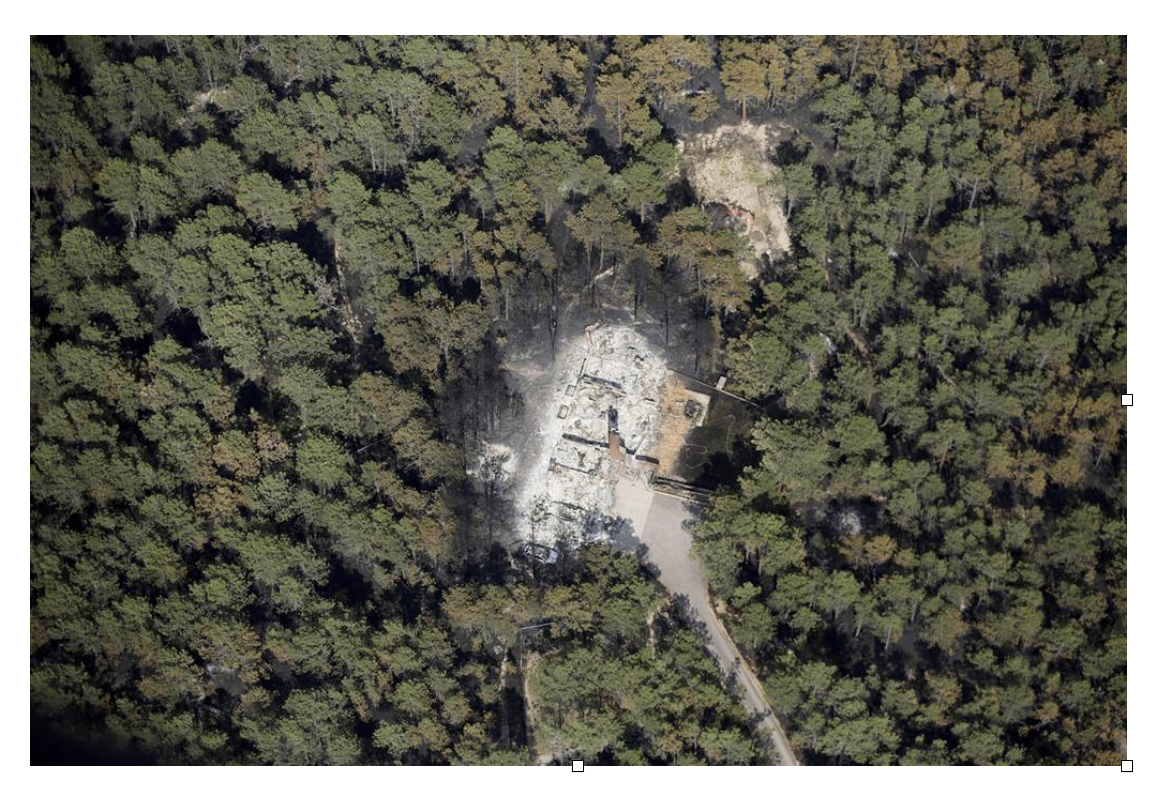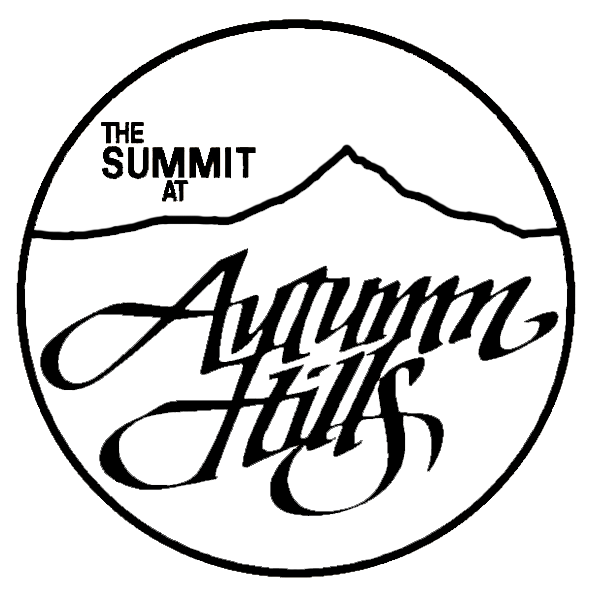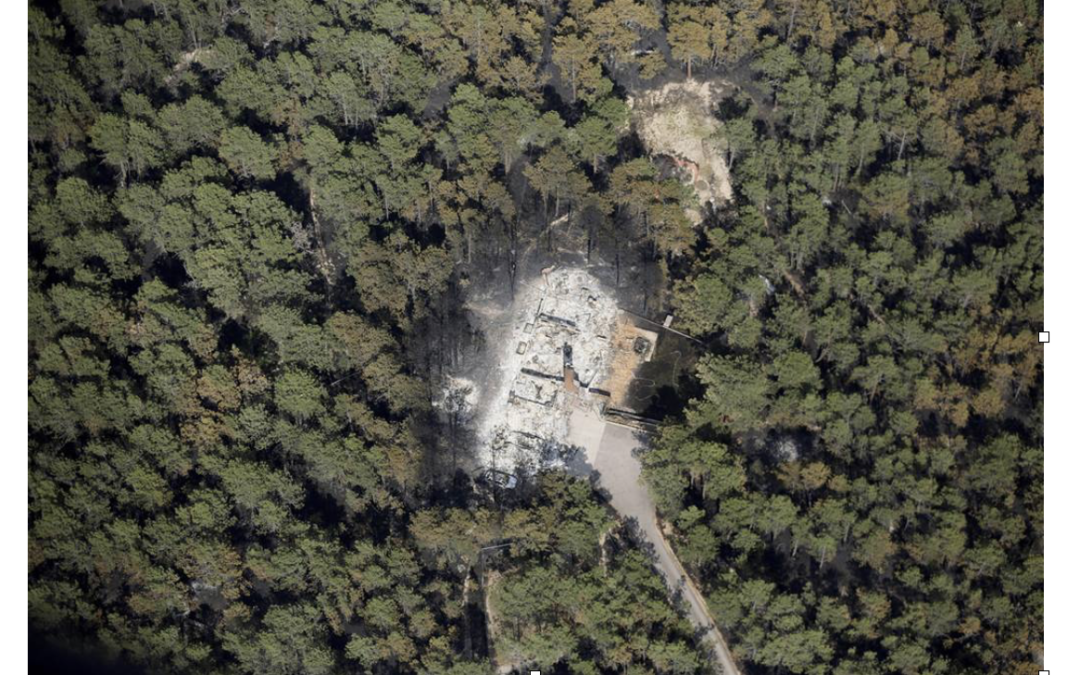Update from SAHA’s Fire & Safety Team
Seven days ago, on July 14 th, Governor Inslee declared a statewide
drought emergency because of hot, dry conditions that have plagued the
region and its water supplies. These extreme conditions have
exacerbated the already high wildfire risk in our region. The SAHA Fire &
Safety team has collected a number of recommendations for SAHA
homeowners to consider, one of which is mandatory. (The objective here
is to promote advance preparation and to NOT alarm SAHA residents).
1) Follow the PulsePoint app (free from Apple/Google app stores).
Every emergency event in Clark County is detailed, complete with
dispatch data, a live map and live radio dispatch communications.
There HAVE been several recent fire events close to the borders of
SAHA, and paying close attention to PulsePoint may be the best
early warning mechanism available.
2) Clean and cover your gutters: State fire professionals have stated
that one of the most significant risks leading to property loss in
wildfire situations is the literal “rain” of burning embers landing in
gutters and igniting debris within. Even with internal sprinklers and
external fireproof construction materials, homes can and have been
lost due to embers. In a state-run seminar attended
- construction materials, homes can and have been lost due to embers. In a state-run seminar attended last year by members of SAHA’s Fire & Safety team, we were shown ONE photograph that tells this entire story:

This photo details a Washington state home that was destroyed NOT by a wildfire in the immediate vicinity (as evidenced by being closely surrounded by seemingly untouched trees) but by a “rain” of burning embers igniting the contents of the home’s rain gutters, which then spread to the home’s attic. There are a number of gutter screen (and cover) technologies being marketed locally by direct mail and in TV commercials, and the team’s only recommendation is that you find one that does NOT allow for any accumulation of material, even on top of the screen. Metal may be preferred over plastic screens when protection from flaming embers is considered, but the choice is entirely yours.
- Water storage: As you follow PulsePoint, you will note that the fire department dispatches water tanker trucks to nearly every fire incident outside of the normal hydrant service area. This means that should the ECFD respond to a fire incident within SAHA, they will have to bring a limited, finite amount of water onboard their trucks. Recently there is a trend of insurance companies contracting with private firefighting teams (so far, we know of State Farm and Chubb), and these private firefighters have strongly urged that homeowners consider on-site water storage to back up their own tanker truck supplies. Companies like Home Depot, National Tank Outlet (www.ntotank.com), and Plastic Mart (www.plastic-mart.com) sell a variety of 3000 to 10000-gallon tanks made of green-colored HDPE that can be installed on your property. Curiously, the largest local supplier of these tanks is Norwesco, with a significant operation based in Washougal, HOWEVER, they and their two Washington-authorized dealers have shown little interest in serving the homeowner community. At least one insurance company has offered an insurance discount when water storage is in place, potentially yielding a reasonable financial payback on this investment. A 5000-gallon tank, for example, can sell for roughly $3K to $4K. (We’re still working on Norwesco)
- Finally, we need to discuss a MANDATORY action that the SAHA Board has confirmed is already a long-standing requirement within SAHA’s community regulations: the removal of all vegetation bordering your property and SAHA’s roads to a depth of 8 feet from the pavement. When driving around SAHA’s roads as of this writing, it is clear that compliance to this requirement is roughly 50%. There are, unfortunately, many examples of tall, dry grass directly adjacent to the pavement. Why is this a concern? Based on significant resident input, SAHA no longer sprays vegetation alongside the roads. This leaves the removal and prevention of the vegetation to the SAHA member. All it can take is the touch of a hot catalytic converter from a vehicle (potentially 1000° F +) and this tall grass on the side of our roads can be set ablaze. IF the individual homeowner is unable to bring their property into compliance by a deadline of two weeks from the date of this notice, the SAHA board has determined that it may contract the work on your property and BILL the SAHA homeowner. Again, we are in a declared EMERGENCY.
- In support of the renewal of SAHA’s Firewise annual recertification status, we ask that ALL of the actions taken in the interest of fire risk reduction be logged on the attached sheet on our website. All we need is a description of the job and either HOURS or DOLLARS expended. These jobs can include, but are not limited to:
- Vegetation removal
- Tree trimming
- Water storage added
- Gutter screen installation
We’ll need your completed sheet returned by November when we submit our recertification application to Firewise. More on this later as our deadline approaches. Sheets can be returned by mail or email, OR they can be picked upon request.
Contact by email is [email protected].
SAHA Firewise documents are located on the website > Docs > Firewise.

